Return Of The Horse
Synopsis: Return of the Horse chronicles the North American horse as it became one of the most significant animals in human history – the virtual engine of civilization: moving material, plowing fields and propelling large armies to victory. It returned home to America with Spanish conquistadors quickly re-adapting to its native habitat and developing into a distinct breed commonly known as the the Mustang.
“This horse transformed hunting, it transformed travel, it transformed warfare.”
Emil Her Many Horses, Curator, National Museum of the American Indian, Smithsonian Institution
This powerful documentary that traces the origins of the modern horse, explores its pivotal role in the settling of our country and examines the fate of Mustangs in their native homeland.
“The Horse, Equus caballus, is perhaps the oldest native North American large mammal alive today.”, according to Ross MacPhee, Ph.D., Department of Mammalogy at the American Museum of Natural History:
Yet, rather then being celebrated as one of America’s oldest and most successful native species, the wild horse is under constant assault as it competes with cattle and big game animals.
The film takes an unflinching look at how the Euro-American relationship to land collided with migratory Indians, buffalo and wild horses. The film investigates the slaughter of Indian horses as a military tactic and the extermination of horses belonging to native Americans on reservations. It reviews historical efforts by the U.S. government to eradicate wild horses and takes a hard look at current policy which holds more than half of America’s wild horses in containment facilities.
Return of the Horse is a gripping and long overdue portrait of America’s most controversial native wildlife species: The North American Horse.
Genre
Rated
Language
Run Time
Directed by
Leo Hubbard
Director's Statement
“The safest place for a wild horse is in the wild with its family band,” said Sharon Eliashar, AWHC’s New Mexico Chapter representative and Santa Fe filmmaker and educator, who said mitigation measures such as fencing, highway safety improvements, diversionary feeding and relocation within horses’ home ranges should be employed to resolve public safety and private land conflicts. Eliashar said that removal should only take place as a last resort.
“In addition to being one of North America’s oldest native wildlife species, wild horses are a defining symbol of the West”, said Eliashar, whose film, Return of the Horse, covered the subject. “These state treasures must be protected and humanely managed in their natural habitat.”
Director's Bio

2012Return of the Horse (Documentary) (producer)
2006Silence (Video short) (executive producer) / (producer)
Hide HideDirector (2 credits)
2012Return of the Horse (Documentary) (co-director)
2006Silence (Video short)
Hide HideCinematographer (2 credits)
2012Return of the Horse (Documentary)
2006Silence (Video short)
Hide HideEditor (2 credits)
2012Return of the Horse (Documentary)
2006Silence (Video short)
Hide HideSound department (2 credits)
2012Return of the Horse (Documentary) (sound editor)
2006Silence (Video short) (sound editor)
Hide HideComposer (1 credit)
2006Silence (Video short)
Hide HideProduction designer (1 credit)
2006Silence (Video short)
Awards
EQUUS FIlm Festival NYC - USA - 2014
WINNIE


















